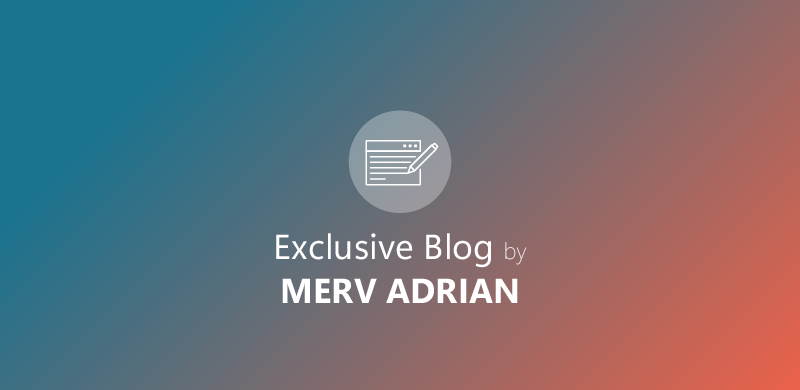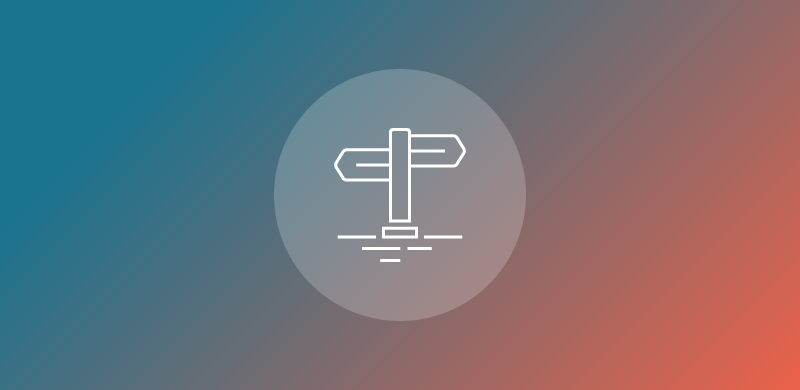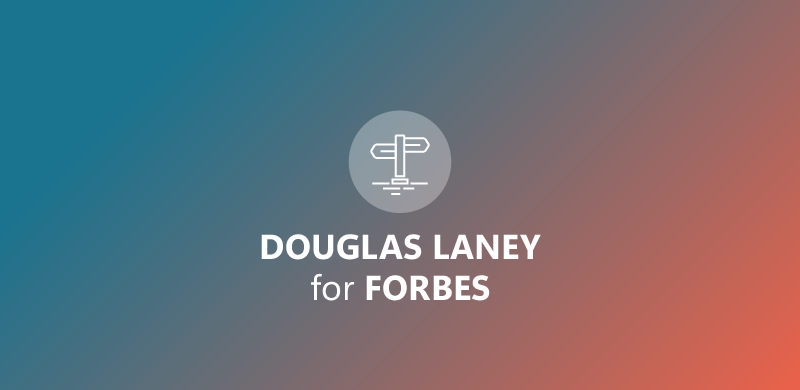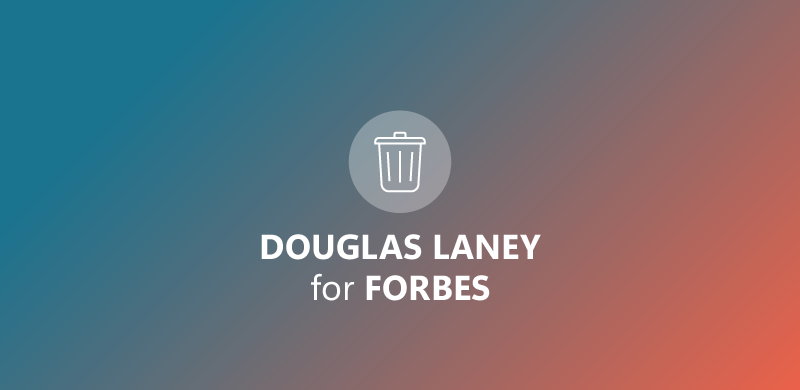What happened
At last week’s SAP TechEd in Berlin, SAP and Snowflake announced a strategic partnership that brings Snowflake into SAP’s open data ecosystem. Under the agreement, Snowflake will appear on SAP’s price list and can be sold immediately by SAP’s sales organization.
The companies introduced an integration between SAP’s Business Data Cloud (BDC) and the Snowflake Data Cloud, as well as an SAP-managed version of Snowflake, called SAP Snowflake. Notably, this version is the full enterprise edition of Snowflake Data Cloud without any functional restrictions and can share data with standalone Snowflake instances.
The technical integration uses SAP BDC Connect technology, which enables bidirectional zero-copy data sharing with SAP and partners. Databricks and Google BigQuery were the first partners; now Snowflake (productive availability is planned for Q1 2026.) and Microsoft followed.
Why it matters
The partnership marks a significant shift in SAP’s relationship with one of its former strongest competitors. Snowflake spent years helping SAP customers use SAP data for analytics outside the SAP stack.
Now, SAP is repositioning itself as an orchestrator and aims to provide an open data ecosystem and tools within the SAP Business Data Cloud, so customers can combine SAP and non-SAP data in a data fabric manner. For Snowflake, the partnership provides direct and certified access to SAP data and customers, and establishes formal alignment where competition once dominated.
What’s interesting about it
- Full functionality: SAP integrates with the full Snowflake platform, not a limited OEM edition.
- Zero-copy, non-Delta architecture: The bidirectional connection avoids data duplication and uses a different mechanism than Databricks’ Delta Share.
- Certified access to SAP data for Snowflake customers: Snowflake customers gain SAP-certified connectivity to SAP data using zero-copy mechanisms, which can simplify integration.
- Stronger focus on semantics: SAP emphasizes a unified semantic layer for SAP and non-SAP data as a foundation for analytics and AI
- Commercial activation: SAP’s sales teams were already prepared to offer Snowflake licenses, a fast go-to-market turnaround.
Background and market context
This partnership expands SAP’s Business Data Cloud strategy, positioning it as a connective layer for distributed enterprise data rather than a closed analytics stack. The partnerships with Databricks, Google, Palantier, Data Robot, Collibra, Snowflake and now Microsoft underline SAP’s intent to build interoperability into its architecture and meet customers where their data already lives.
This development highlights a broader market shift away from a centralized data model toward data fabric principles. Data products enriched with semantics and built on a robust data foundation are critical for successful AI use cases.
Implications for customers
- Greater flexibility: Customers can now combine SAP-managed data with Snowflake data while preserving SAP’s business semantics and governance.
- Certified and governed access to SAP data: Ecosystem partners (such as Snowflake and Databricks) use certified connectivity to SAP data.
- Operational simplicity: Zero-copy mechanisms aims to reduce duplication, integration cost and latency.
- Watchpoints: Open questions remain around joint support, licensing, use of BDC data through third-party tools and real-world performance of the zero-copy architecture.
A closer look at the SAP–Snowflake fit
Snowflake, like Databricks, is already widely used by customers as a cloud data platform, including many SAP clients. From this perspective, the partnership is understandable and logical. However, Snowflake’s technology overlaps with SAP HANA and Datasphere, both integral parts of BDC. This raises questions about functional fit.
The partnership differs from the Databricks relationship. Databricks offers strong data-engineering, ML and AI capabilities and a more advanced catalog and compute layer. Snowflake lacks some of these elements and does not natively process unstructured data. As a result, the value is particularly clear for joint SAP–Snowflake customers rather than new Snowflake adopters within BDC.
For Snowflake, the cooperation is strategically attractive. It grants certified access to SAP’s data assets and strengthens Snowflake’s position in enterprise environments traditionally dominated by SAP.
Customer perspective and open questions
For existing SAP and Snowflake customers, the partnership promises investment security and simplified integration. For new BDC customers, the benefits are less evident, especially since Databricks offers broader capabilities and is similarly accessible through SAP.
Another important question concerns existing Snowflake customers federating data from SAP Snowflake to their own Snowflake instances. While possible, both semantics and cost considerations remain unresolved. Cost management is known to be critical for both platforms, and combining them may not result in the savings customers expect.
The pricing and control model will be decisive. Databricks within BDC runs as a managed, serverless environment with SAP controlling storage and Databricks managing compute. Snowflake is offered as a solution extension, making it less deeply integrated.
For SAP, the partnership reinforces its positioning as an open ecosystem provider. Whether customers gain meaningful flexibility in using BDC data products outside SAP systems remains to be seen.
Broader implications for the market
Functionality between platforms is increasingly overlapping. The question of “who needs whom” becomes relevant. Databricks and Snowflake both extend their connectivity to SAP systems and develop their own data products, reducing dependency on SAP’s integration layer. The durability of SAP’s Business Data Cloud approach will depend on SAP’s ability to deliver on its vision of an orchestrator with a robust semantic layer for analytics and AI.
There are also implications for the emerging era of AI agents and automation. Highly fragmented, loosely integrated environments make it harder to achieve the seamless data access and orchestration that agentic systems require. Whether SAP’s growing partner ecosystem will simplify or complicate this evolution remains to be seen.
BARC’s view
The SAP and Snowflake partnership is a logical and strategic move. It strengthens SAP’s commitment to openness and brings Snowflake closer to the enterprise core of SAP customers. From a technical and functional perspective, however, the value is clearest for joint customers who are already invested in both ecosystems.
In BARC’s view, this is a strategically sound partnership that signals SAP’s willingness to collaborate beyond its own stack and to promote the use of SAP data and BDC semantics. For customers not already using SAP and Snowflake, however, the additional value is limited.
As the boundaries between data platforms continue to blur, interoperability rather than exclusivity will shape the next phase of enterprise data. A key question will be whether this approach enables or slows progress toward more intelligent and agent-driven architectures.












